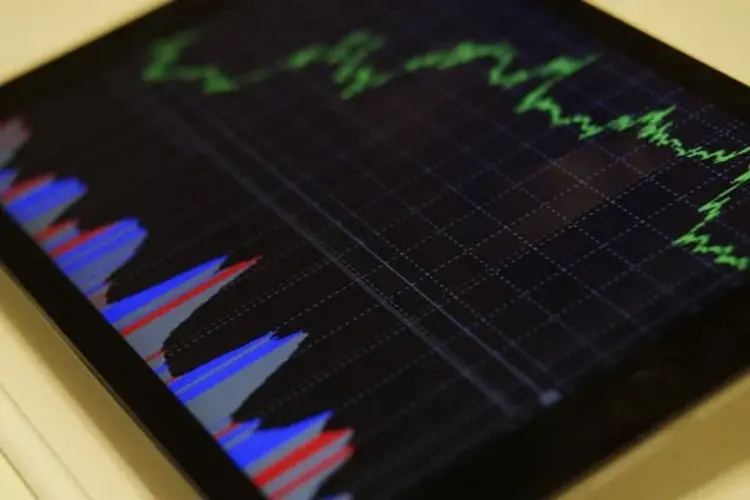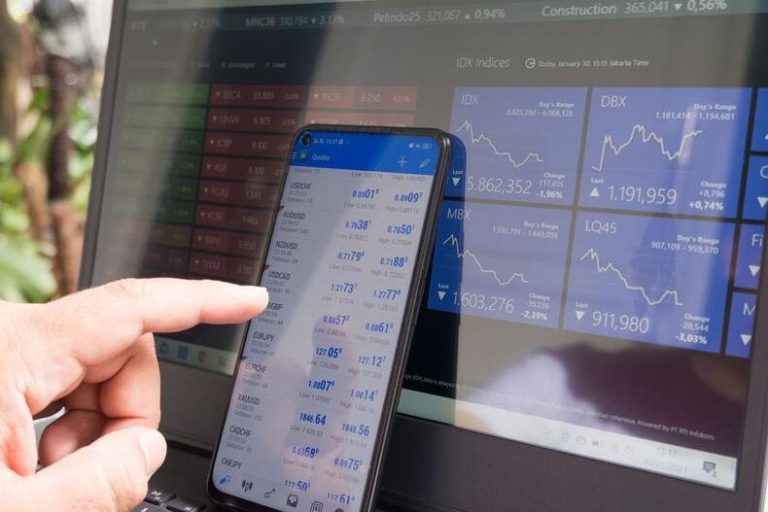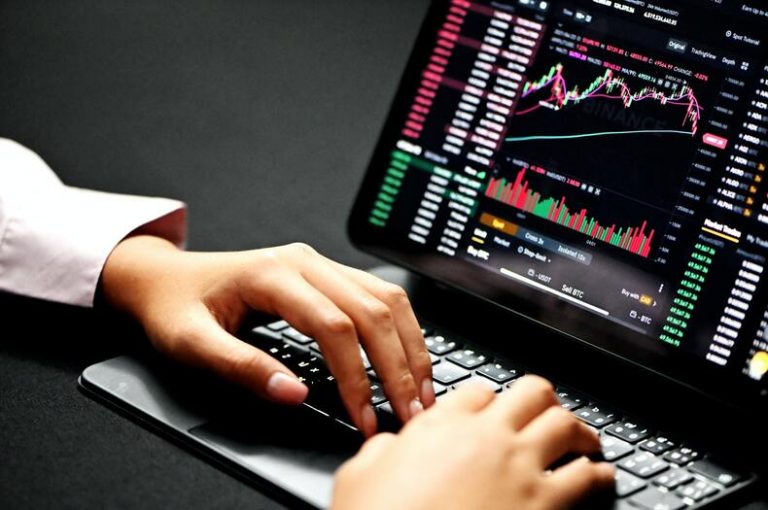Forex Unplugged – Tales of Risk, Reward, and Market Madness
Forex trading offers the potential for significant profits, but it also carries inherent risks. This article delves into the exciting and sometimes dangerous world of forex trading, exploring tales of risk, reward, and market madness.

The Basics of Forex Trading
Understanding Forex Markets
The forex market is a vast and dynamic arena where currencies are traded in pairs, such as EUR/USD or GBP/JPY. Unlike centralized markets, the forex market operates decentralized, allowing participants to engage in currency exchange transactions around the clock, five days a week.
Apa itu forex trading, or foreign exchange trading, is a global marketplace where currencies are bought and sold. With a daily turnover exceeding trillions of dollars, it is the largest financial market in the world.
Understanding the intricacies of the forex market involves recognizing the multitude of factors that can influence the value of one currency in relation to another.
Economic indicators, such as GDP growth rates, inflation figures, and employment data, play a crucial role in shaping market expectations and can significantly impact currency values.
Moreover, geopolitical events can have a profound effect on forex markets. Political developments, such as elections, policy decisions, and international conflicts, can create volatility and uncertainty, leading to fluctuations in currency exchange rates. Traders and investors closely monitor these events to assess their potential impact on currency movements.
Market sentiment also plays a pivotal role in forex trading. Market participants’ collective psychology and perceptions can influence a particular currency’s supply and demand dynamics.
Positive sentiment can drive currency appreciation, while negative sentiment can lead to depreciation. Traders employ various tools and techniques, such as technical analysis and sentiment indicators, to gauge market sentiment and make informed trading decisions.
Additionally, central bank policies and interventions can significantly affect forex markets. Central banks can adjust interest rates, implement monetary stimulus measures, or intervene directly in currency markets to influence the value of their national currency.
Traders closely monitor central bank announcements and decisions as they can significantly impact currency exchange rates.
Market Participants
Forex trading involves a diverse range of participants. Major players include commercial banks, institutional investors, hedge funds, retail traders, and central banks.
Each participant has a different objective and level of influence on the market. Central banks, for example, can impact currency valuations through monetary policy decisions.
Tales of Risk and Reward in Forex Trading
Volatility and Risk
Forex markets are known for their volatility, which presents opportunities and risks. Rapid price fluctuations can lead to substantial profits or losses.
Factors contributing to market volatility include economic data releases, political developments, and unexpected natural disasters. Traders must be prepared to manage and mitigate risks effectively.
Strategies for Risk Management
Successful forex traders employ various risk management techniques to protect their capital. These include setting stop-loss orders, proper position sizing, and diversifying portfolios.
Risk management is crucial to preserve capital and withstand market fluctuations. Real-world examples can demonstrate the effectiveness of these strategies.
Market Madness: Forex Trading Gone Wild
Case Study
Black Wednesday: One of the most famous incidents in forex trading history is the Black Wednesday currency crisis in 1992.
Renowned investor George Soros successfully bet against the British pound, making significant profits. The event profoundly impacted global financial markets, exposing the vulnerability of weak currencies and the power of speculators.
The Swiss Franc Debacle
In 2015, the Swiss National Bank surprised the market by removing the franc’s peg to the euro, causing its value to skyrocket.
This unexpected move led to extreme market volatility and significant losses for many forex traders and financial institutions. The incident highlighted the risks associated with central bank actions and the importance of risk management.
The Role of Technology in Forex Trading
The Rise of Algorithmic Trading
Algorithmic or automated trading has gained popularity in the forex market. Traders use computer algorithms to execute trades based on predefined criteria, such as price levels or technical indicators.
Algorithmic trading offers advantages such as speed and efficiency but poses risks related to system failures and algorithmic biases.
Social Trading Platforms
Social trading platforms have emerged as a way for traders to share ideas, strategies, and trade signals. These platforms allow beginners to learn from experienced traders and copy their trades.
While social trading can be beneficial, it also carries the risk of unthinkingly following others’ trades without fully understanding the underlying factors.
Conclusion
Forex trading is a dynamic and potentially rewarding endeavor but has challenges. Volatility, risk, and market madness are inherent in this global marketplace.
By understanding the basics, employing effective risk management strategies, and leveraging technology wisely, traders can confidently navigate the forex world. Remember, success in forex trading requires a balance of knowledge, discipline, and adaptability.






